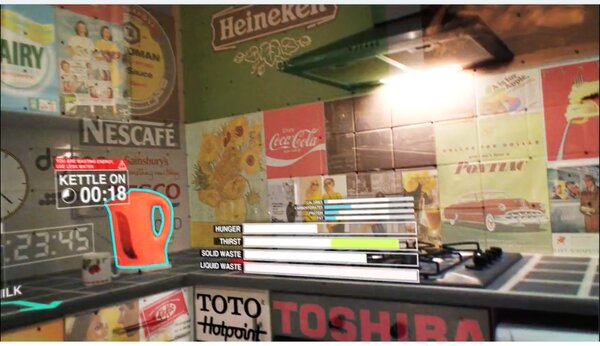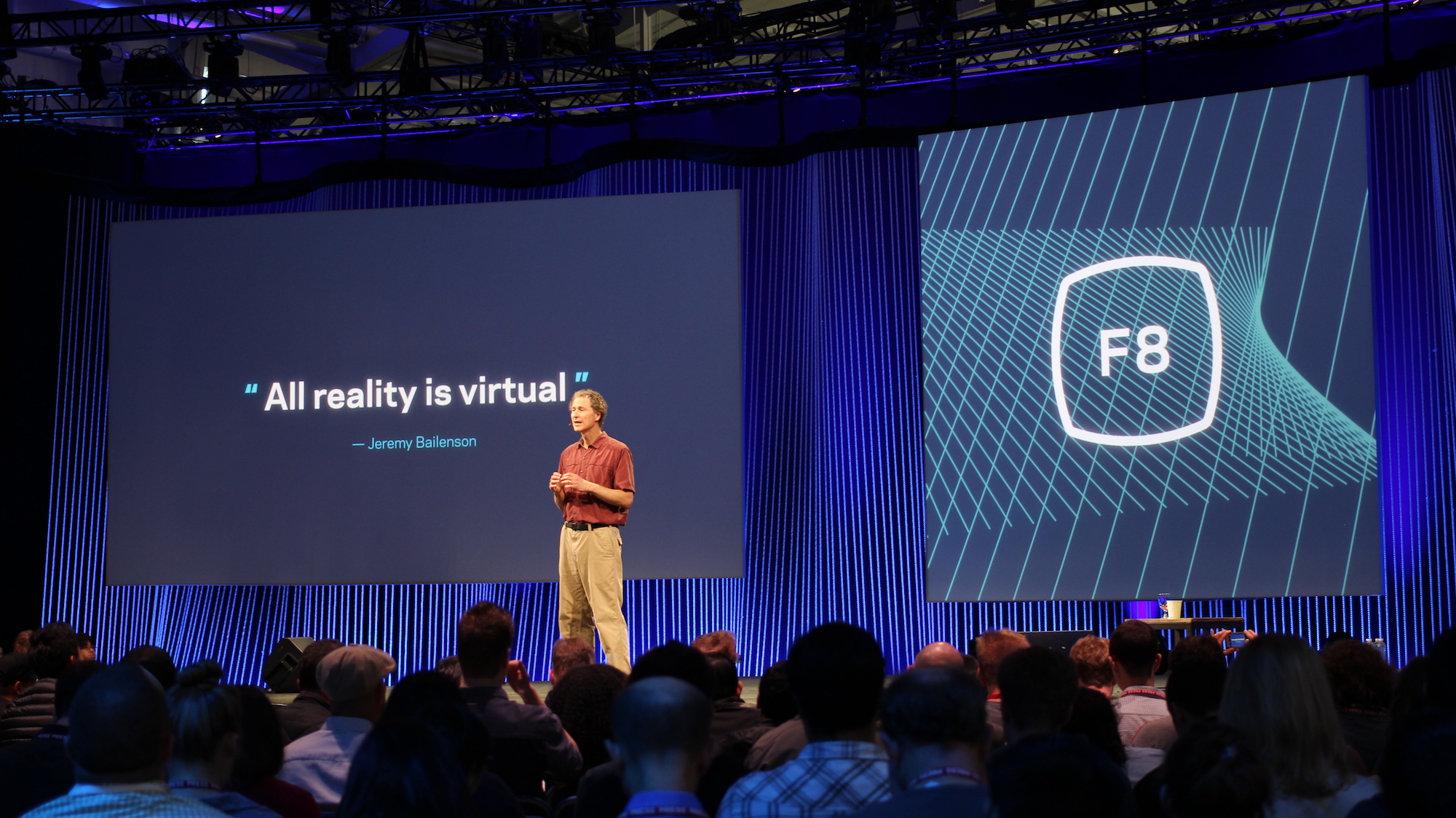
The Image Bubble
No, art is not done by artists. This is something they have not noticed. I know this sounds like cheating. Let me explain myself. Art, when understood as a medium, tool and channel for the transmission of knowledge, a triad potentially interesting for the general populations; that is, with a fishing ground in which the deployments of ideas are promoted more or less realistically; the evolution. And in its most extreme form, the revolution. This is not that once-art, that of the poor artists, those who did not know that they actually make post-distance art.
And it's because art as a phenomena no longer happens the way it used to, art after the disappearance of distance(one that engages the viewer with the images without becoming them in images) is post-distance art, it can even be classified by sub-categories, but that discussion is for another time. As I explained, all has moved to another place, without asking. The technologies of digital images are now responsible for the cultural products consumed mostly by the populations, this fact is not debatable, and that space is culture.
Their products are designed and executed by engineers at the service of other causes and not by active post-distance artists. It is not a fiction; this is very real, as it is the fact that the paradigmatic figures of art are no longer a sort of geographical dispersion with a “plof” headquarters in Shanghai, (or any other Christies choice). Nor either the naughty grannies Koons and Hirst; that paradigm is now, in any case, the RIP Steve Jobs, someone doubts it? Look around you, please, if you can remove your eyes from your phone for just a moment.
So then, what is it that thing that post-distance artists are making, amid so much confusion? It's post-distance art. An art aligned with political liberalism, consciously or naively, but a hyperreality at the end (in the Baudrilliardian sense) is annulled under the appearance of itself. It is not that many who do not know it, but play it. The train is huge and is taking breathless at this post-distance art, which is trying to reach it, the train is the current images and culture of creative technologists, they don’t give a shit about the social sciences or about humanities, really, it's not in bad faith, the fault was ours.
Indeed from the late 60s, when in France we began to complain, pissed off about an excess of vice, some engineers thought the triads from Cupertino. They felt artists, they were, for sure creative workers, the parents of a whole new digital ecosystem for the new culture and knowledge, the art happening now. Don’t mistake, someone who has worked with them is telling you, close with their funding courses and their very specific (and legitimate) occurrences and curiosities. Look, let me explain, I will talk about how the technologies of images are guided, when they manufacture the culture that you consume (yea, you). This is not about historical heritage, avant-garde or its deconstructivisms and subsequent sunsets. This is all about size, and it’s manifested with intensity.
Moore’s Law says that approximately every two years the number of transistors in a microprocessor is doubled. It is an empirical law, formulated by the co-founder of Intel, Gordon E. Moore, on April 19, 1965 and whose compliance has been noted until today. Effectively this means power.
Since the CGI (computer generated images) reached an optimal degree of mimicry with the natural world, they were aligned with their developers. The reality ceased to be a diffuse and subjective concept conquered by the History of philosophy, and became a treasure to haunt. With a reborn Renaissance Oculocentrism standpoint, so, Reality now, is always what we can determine technologically (the same way they determine the algorithms of your personality –presumably-). Since the images are co-dependent on the machines, their growth is exponential to this law, and by growth I mean the changes that you perceive “or do not perceive.” For example (although this is happening everywhere) in the visuals ́evolution of the movies of your life, those effects that your eyes notice are the law Moore aligned with the production of digital images. And I am telling you that my colleagues in San Leandro have the things very clear, for them, there is a way to know what is a better image: and the better is more. Harder, stronger, bigger, faster (like the Daft Punk theme), more resolution, more envelopment, more intensity, bigger, and the machine keeps growing man, and we determine your world. But what is the limit? What will those images made by computers look like in the upcoming years? Will they relocate reality from its form standpoint, if someone is able to determine a specific quota for it? Or it will be a certain idea of reality the one which will be forced to look like that hyper standard, this super image produced by engineers (is anybody else hearing the main theme of Terminator?).

We live in an era of bubbles. Why has no one yet explained to us that the last bubble to explode is the bubble of images? Generally, it is the bubble of the images of our lives. Ah, because those who had to communicate it are far away, doing post-distance art, or nobody has paid attention to them. So, what is behind this last bubble? Well, a huge foam, an empty and sparkling nihilo. This context proposes more and more pornographic images, infinite and epileptic. There is no sign of other sensible interests, only a capitalism of images, a vertical growth. It is not that it does not matter what History taught us, nor for lack of intellectual talent, it is that pre-artists (artists post distance) took too long to get the autonomy in their speech to want to relinquish influence to other spheres. Now it is too late, and the digital attempts of post-distance artists are embarrassingly amateur compared to creative technologists universes, and so adorable. They don’t make the medium, don’t give a shit about the tools, no way! And definitely they don’t decide the channels (or the think tank of the ideas). They are irrelevant and subsequent tourists. In this context I imagine the need to restore some of the real value of humanities, degraded since the first industrial revolution, even more since the last of them, the third. We could perhaps enrich the interests and motivations of that technology that seems to discover now Descartes with obese eyes, we could take it at least 400 years ahead (the funny thing about mimetic setbacks in History is that you can suddenly predict the future). Maybe this brings a way to heal the sinister reasons that are making our world the most primitive world in possession of the most sophisticated technology, which has ever existed, or if someone doubts the recoil in social rights, ideological hatred, lost of the most of the agnostic spiritualties, (another great future post) sects, preachers, couches and pseudo-sabys, endemic void and other falsifiers of the present.
Upcoming posts: post distance-art categories and post-distance artist types, creative processes in times of cultural involvement and creative technologies funny facts.